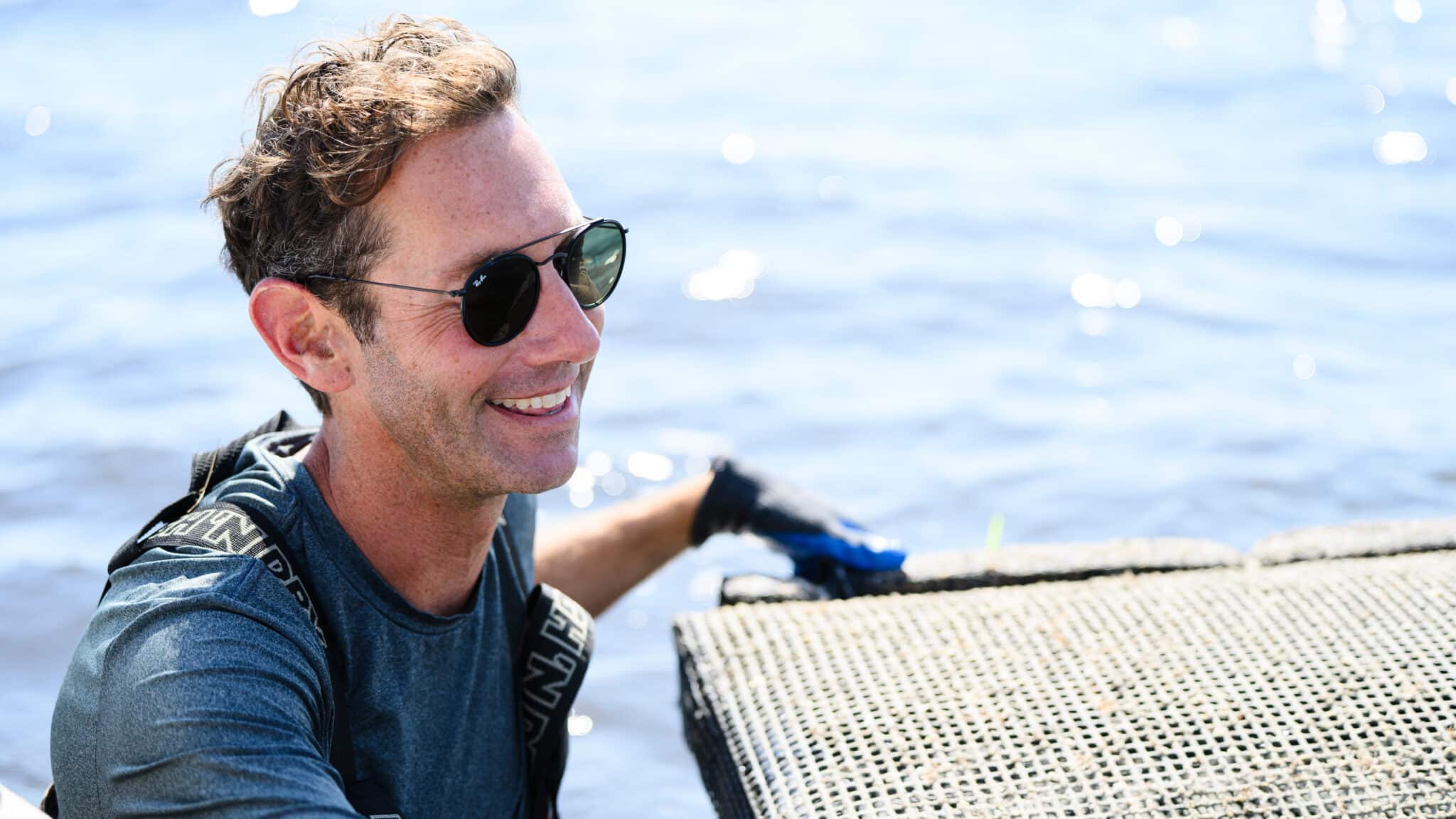New Textiles Lab Aims to Advance Functionality of Protective Garments
A new facility at North Carolina State University will help provide increased protection to first responders by testing their turnout gear against potentially harmful chemical and biological threats.
The Man-in-Simulant Test (MIST) laboratory, located at NC State’s College of Textiles, will allow researchers to evaluate the capabilities of protective garments against non-toxic vapors that resemble chemical and biological agents. The new facility will give researchers the necessary technological advances to provide test results and analysis faster than similar facilities.
The MIST facility is the only one of its kind located at a university in the United States. The laboratory was funded by a two-year, $2 million grant from the Department of Defense secured by U.S. Rep. Bob Etheridge, who serves on the U.S. Homeland Security Committee. The facility was dedicated this morning at a ceremony attended by Etheridge, Tim Roberts of the U.S. Department of Defense, NC State Chancellor James Oblinger, College of Textiles Dean Blanton Godfrey, Dr. Roger Barker, director of NC State’s Textile Protection and Comfort Center (TPACC), and members of the Raleigh fire department.
The facility allows protective garments to be tested in a functional manner. In the main testing chamber, researchers can test the penetration of chemical vapors through protective clothing on mannequins and human subjects. During testing, subjects can perform the same tasks as a first responder, such as climbing a ladder, crawling, or carrying a victim to safety, in an environment that can be controlled for temperature, wind speed and vapor concentration.
Subjects will wear adhesive pads underneath their clothing, which will be analyzed to determine vapor penetration levels through the fabric and at seams and closures of the garment.
In addition to the main test chamber, the facility includes an observation and control room, a conference room with closed-circuit video feeds for test monitoring, a data collection room, and a dressing and subject preparation area. Barker will oversee the new MIST lab. In 2003, he received a grant from the Department of Homeland Security to develop a prototype of new firefighter turnout gear, which offers increased protection against heat and chemical and biological agents while also improving comfort and durability. While searching for a facility to test the suit, Barker and his colleagues saw a need for a readily accessible lab and developed a proposal for the MIST facility.
He says the new lab will enhance the research and development of next-generation protective garments by building upon previous and current projects conducted at NC State.
“The new MIST lab will be integrated into our existing garment testing facilities and increases our ability to provide accurate studies of protective gear in a more timely manner,” Barker said. “This facility complements all of the research we engage in and will accelerate the development process for new types of protective gear.”
During the past decade, projects conducted by TPACC researchers have led to many advances in protective garments, including improved fire- and heat-resistant fabrics for firefighters; surgical gowns that provide doctors and nurses with greater protection against infection from blood and other biological agents; and outerwear that helps safeguard HAZMAT workers from dangerous chemical agents.


